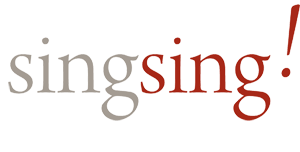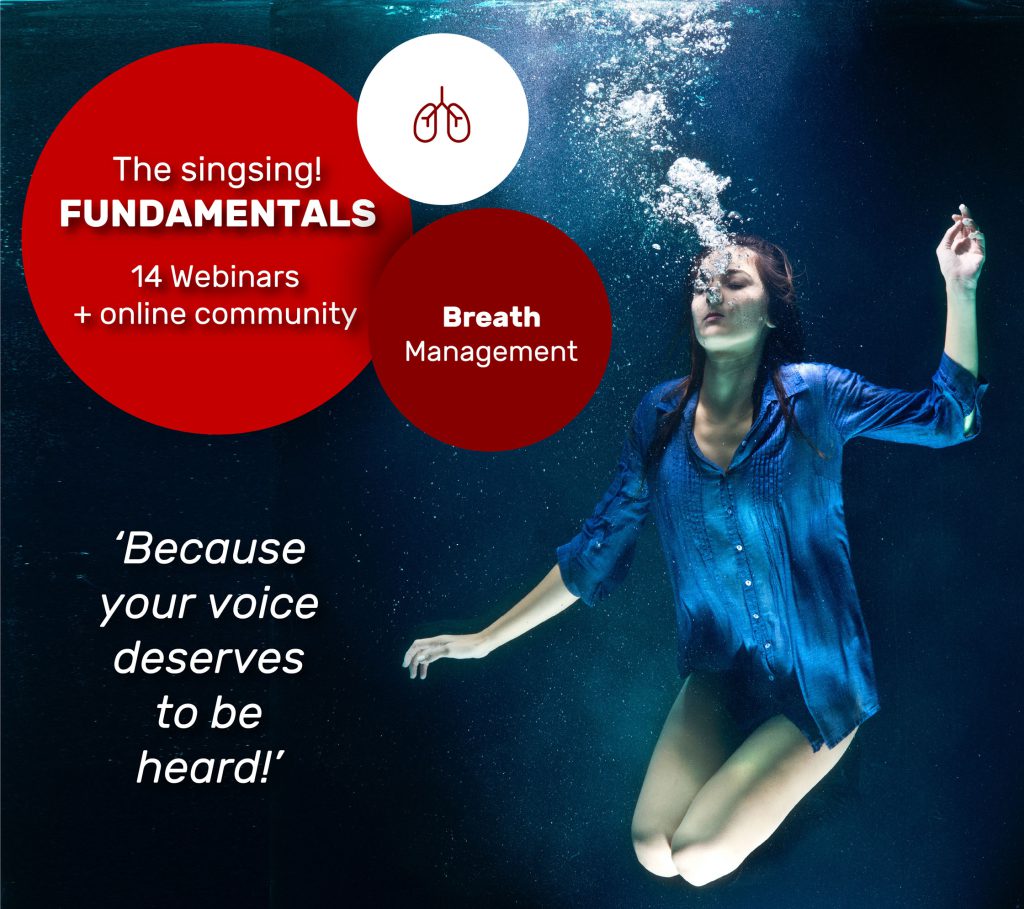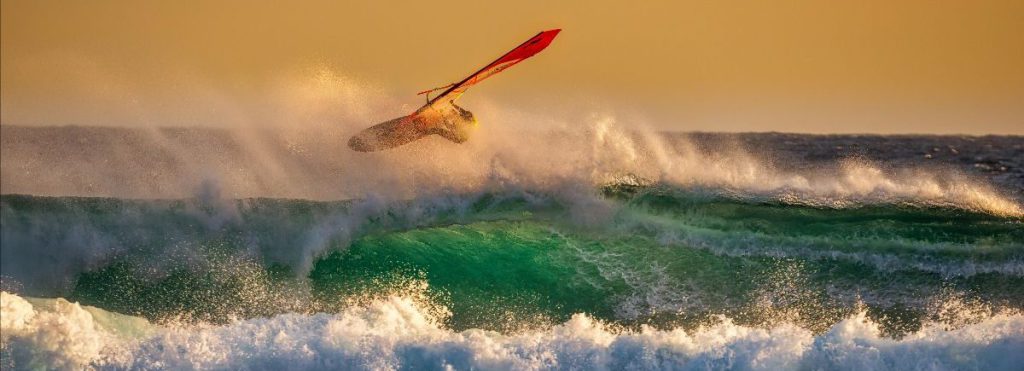
An exercise about UNdoing while singing
04/11/2021
Are you sitting down? Good. Make yourself comfortable, sit back a little bit. Close your eyes – well, first read what you’re supposed to do after closing your eyes 😉 Put your hands on your lower abdomen – the part below your belly button – and observe.
How much calmness and how much activity can you observe?
No judgement. Calm is not better than active and active is not better than calm. Don’t change anything and allow everything. When you feel that something wants to change by itself, welcome it, but don’t decide to change something yourself.
After you have observed … % calmness & … % activity, move your hands to the place where you can observe what’s happening in the front part of your diaphragm: the lowest part of your solar plexus. Ask yourself the same question: How calm and how active is this region?
In case you notice a judgement popping into your mind – words like bad, better and the likes; or if you would like for the situation to be different – more activity or more calmness, aknowledge that and let it go. It’s very hard not to judge at all.
Now put your hands on the upper region of your sternum and observe what’s happening. When you’re done, go to the final region of this exercise: Observe the calmness and activity at the sides of your ribcage. Put your hand so, that your fingers are pointing towards your armpits. This means that the palms of your hands are facing outwards. Like this, you can observe the region without having to lift your shoulders.
Now that you have observed these four regions, put your hands on the region where you haved observed the most calmness. Imagine that you are absorbing the calm energy with your hands. After that, put your hands on the region where you have observed the least calmness, and release the calm energy from your hands, into that region. You could also decide to absorb and release the active energy instead of the calmness.
Because remember:
Calm is not better than active and active is not better than calm.
At this point, close your eyes, execute the exercise and then continue reading. Don’t cheat, you’ll ruin the whole purpose 😉
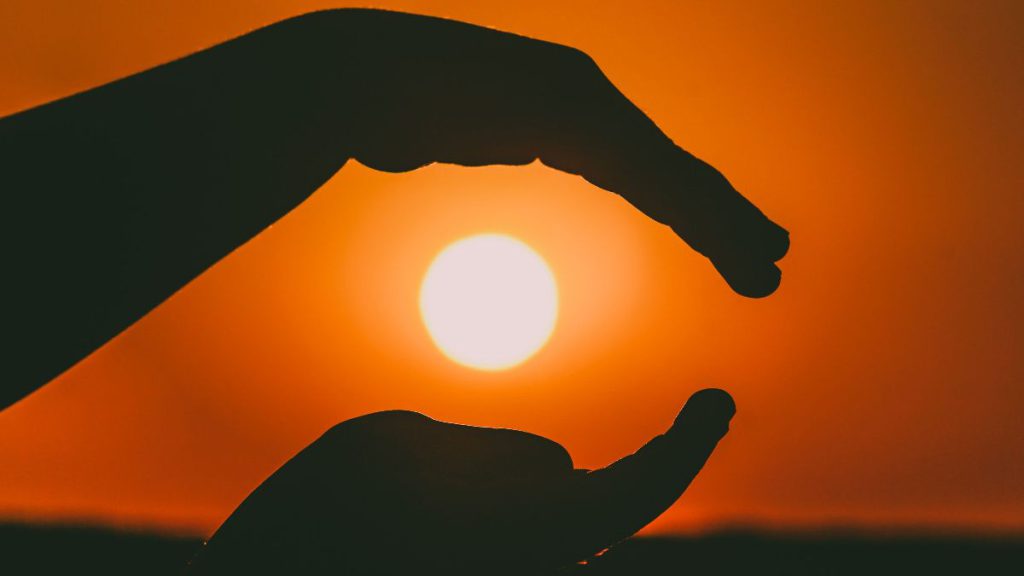
Now ask yourself these questions:
- What did you observe? Was there a big difference in the regions concerning calmness & energy? Was there a region that was a bit more difficult to come in contact with?
- What has happened in your mind? Did you judge? If so, were you able to let the judgment go and not beat yourself up about it?
- Did you manage to absorb and release the calm / active energy? If not, why do you think that is?
- Were you also aware of your breathing? If so, what has presented itself? Did it stay the same over the course of the exercise or was there an evolution? In case it has changed, could you describe the evolution in your own words?
- Insert your own question / observation / thought here.
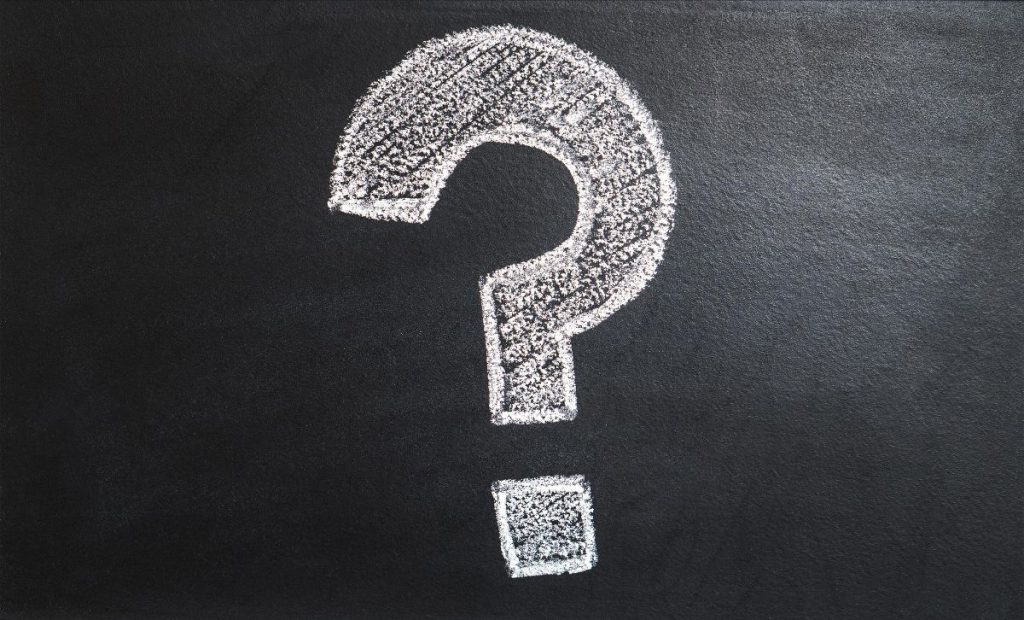
I have shared this exercise with you in order to demonstrate that when we talk about breathing techniques, the most important starting point is the realisation of the following:
It’s more about undoing than doing.
Your body is designed to breathe functionally and your job is to facilitate that. One of the ways you can do this, is by making contact with your body in a mindful way – like you just did. I did not ask you to change the way you were breathing. I didn’t even ask you to be aware of it! But it’s highly likely that you were aware of it and have observed an evolution in your breathing. And chances are big that it was a positive evolution.
There are many ways to get out of the way of what your body is designed to do – To take a functional breath. Once you have established that, you will be able to adapt the way you exhale to the sound you want to produce – support, quoi?!
Do you want to learn more on breathing and the way it enables you to sing freely?
Subscribe to The singsing! Sofa Library, watch the webinar on Breath Management, and learn how to breathe in function of your vocal goals.

Paulina Kordylas - Singer & Voice teacher
Paulina Kordylas - Singer & Voice teacher


Singer
Singer

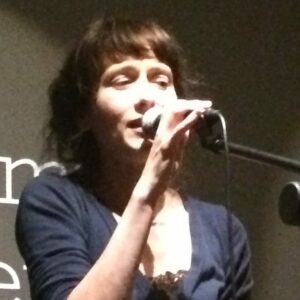
Nele - Singer & Youth library worker
Nele - Singer & Youth library worker

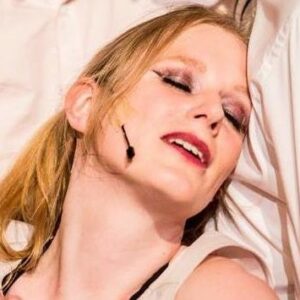
Haike D'haese - Singer & Actress
Haike D'haese - Singer & Actress

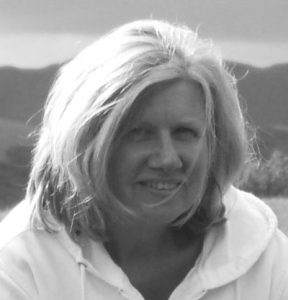
Debbie Walton - Singer & Conductor of the Surrey Hills choirs
Debbie Walton - Singer & Conductor of the Surrey Hills choirs
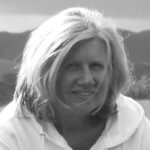

Julie Lowe - Singer
Julie Lowe - Singer

As always, feel free to send me your thoughts, questions, and feedback in the comments below this blog, via the contact form or in the singsing! online community
Cordially,
Sarah
